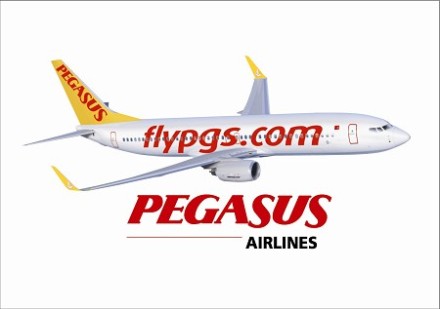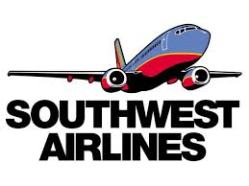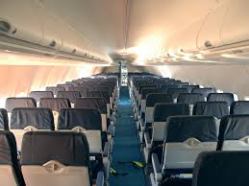I used to live in Benimaclet, and everyday i passed in front of a vending machine which serves hot fast food, but i wasn’t used to these machines, from where i come, this doesn’t exist yet. I really appreciate seating at a restaurant, enjoying time, flavors, smells, and so on. So I don’t usually pay attention to that machine. One day, coming back at night i realize that I have nothing for dinner, and i just stop at that strange machine and took a hot hamburger, for my surprise, it was really yummy. From that day I promised myself to take a look at the logistics behind the vending machine, so, today is the day.
It isn’t a hard job, but neither easy.
Normally owners of vending machines, have several machines in different places and establishments, some of them working 24 hours 7 days a week. Also, they usually have different types of machines like: cold food, sweets, hot foods, drinks, and so on. This is really what makes the business complicate and careful planning.
The logistics behind the vending machines has a lot to do with inventories. Inventories should be done carefully, taking into account the range of each machine, the expiration date of each product, and that each machine should always have products available. Also, it has to be taken into account that there must be an adequate storage for food and with enough space to store stock. Additionally, the owners must have a vehicle for the replacement of the products and to allow the machines to have change available the all day, always available to meet a specific schedule. (Hostelvending, 2014)
These machines usually breakdowns, so it must have the support of technical staff to resolve the problems quickly, because it is seen that these machines are made for profit only when they get to sell about 15 products a day.
To conduct this business, you should get some important licenses as: business taxes, tax operating machinery, municipal tax card location and handling of food. (Vending machines, 2009). There are some statistics that say that this way of serving food will grow rapidly and in some cases will substitute the original way people use to eat, especially for people that doesn’t have enough time to take a break. I just don’t agree with this kind of service, if we can call it service, what do you think?




























